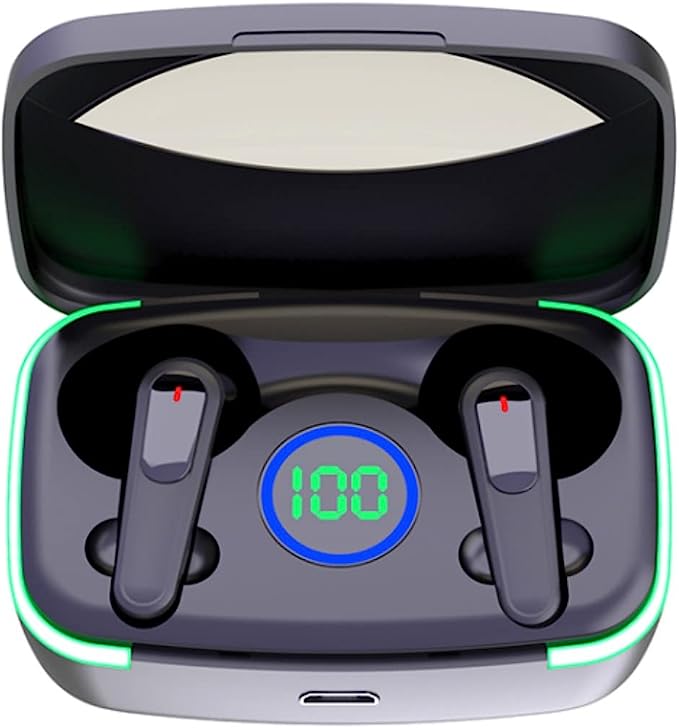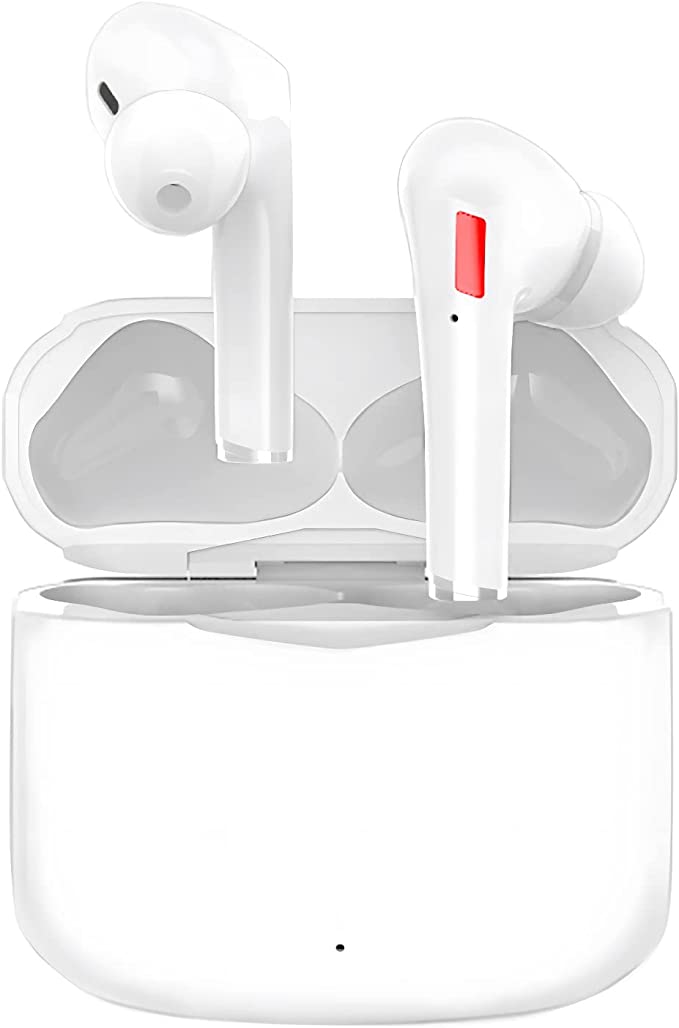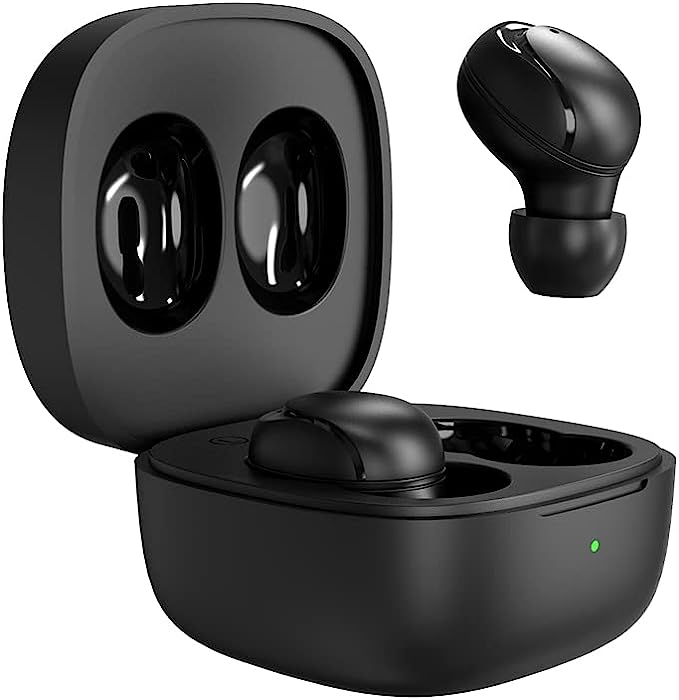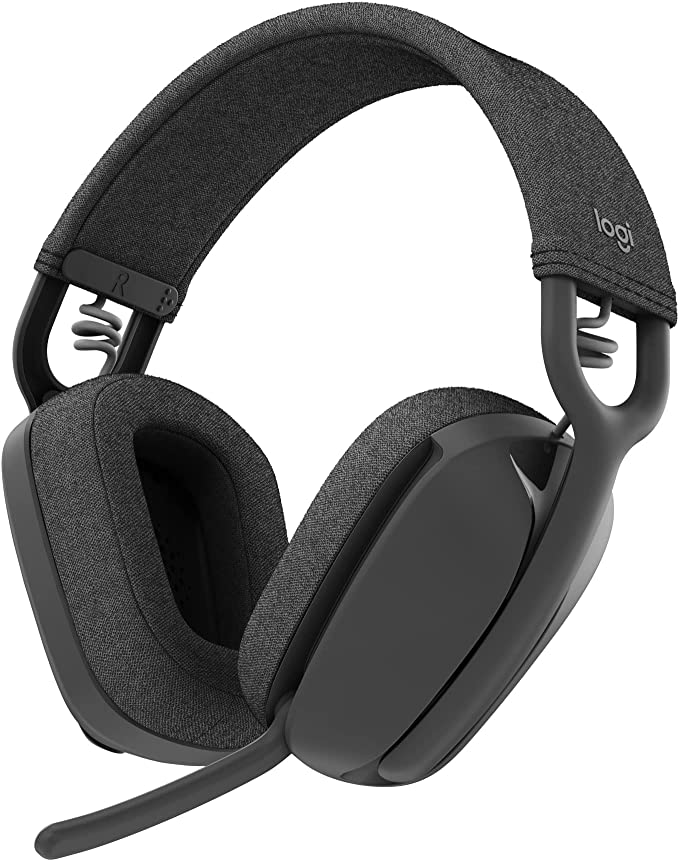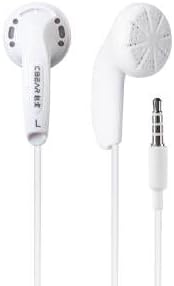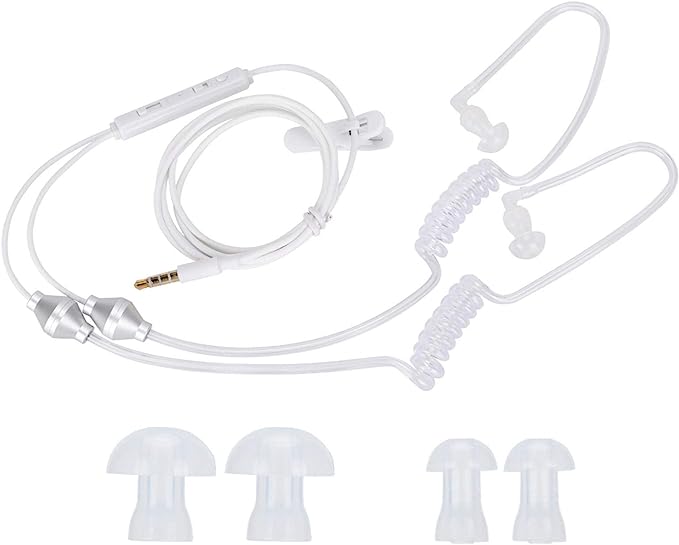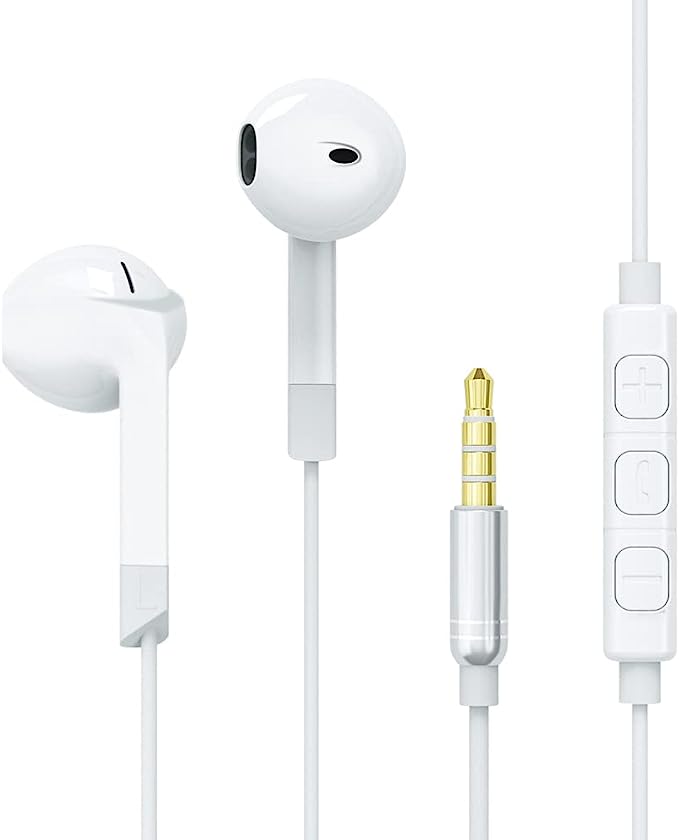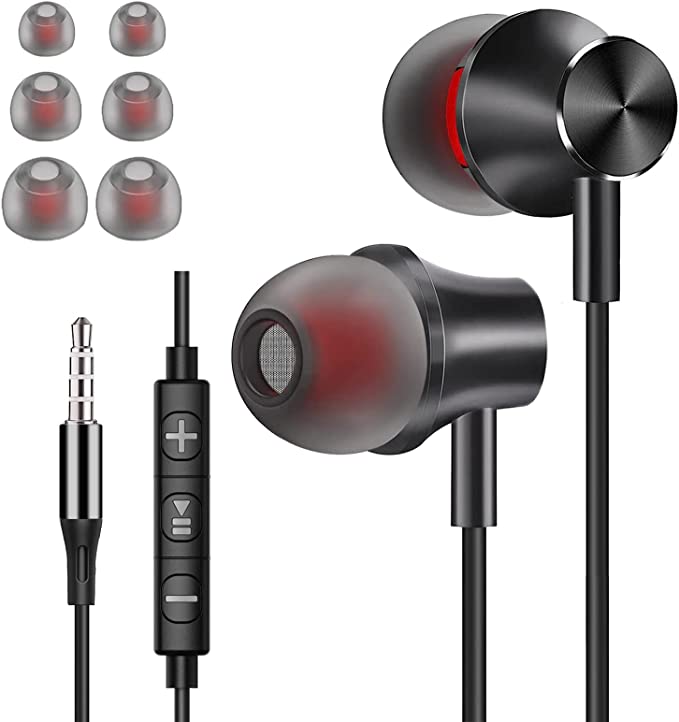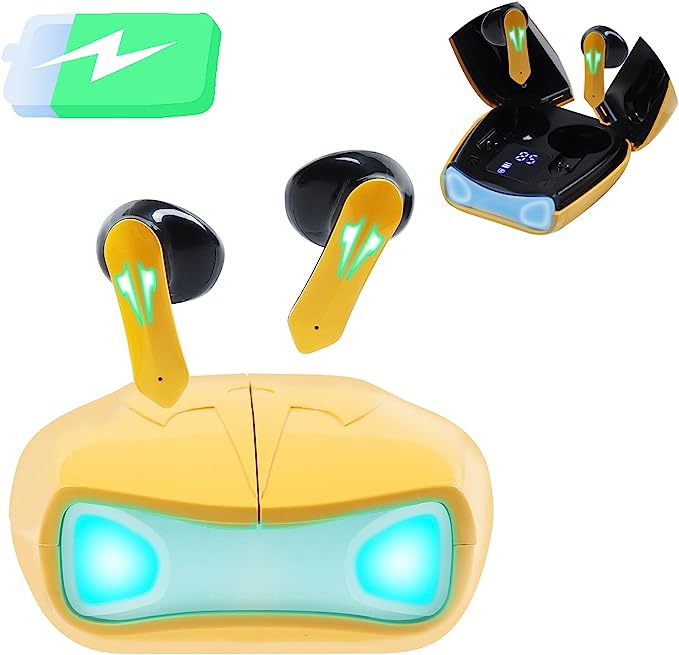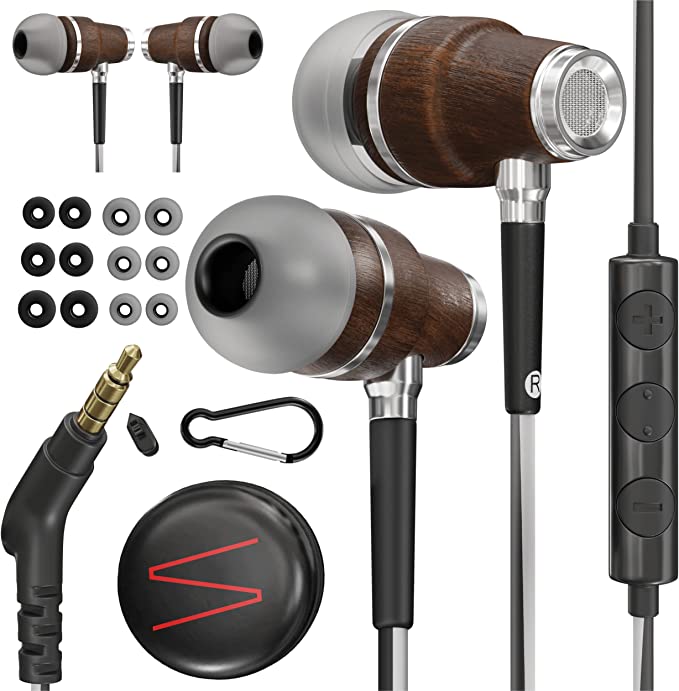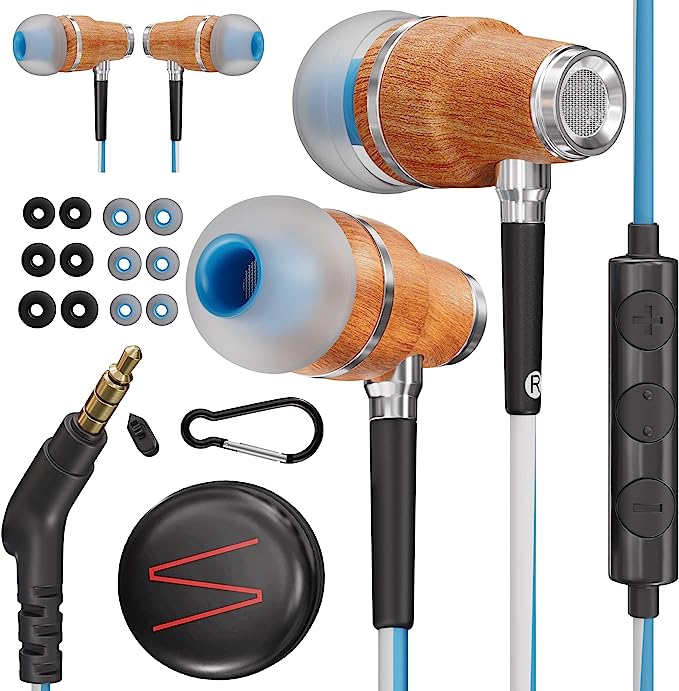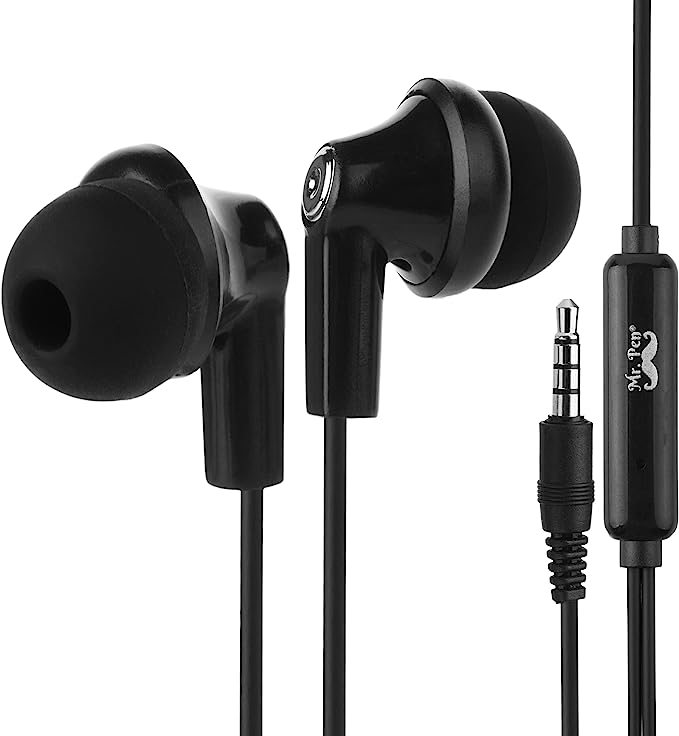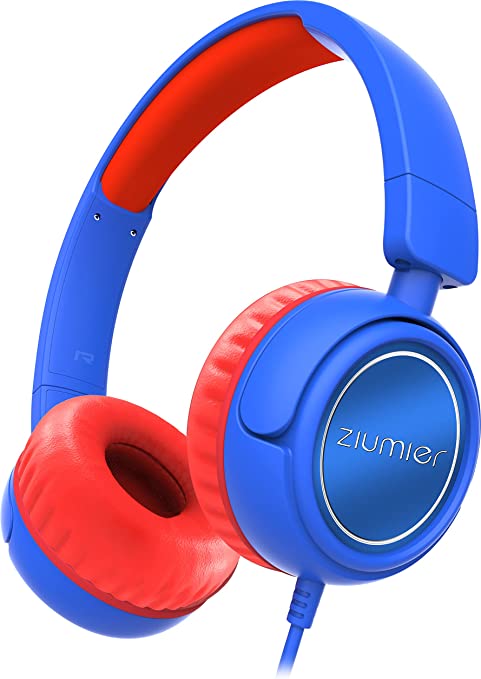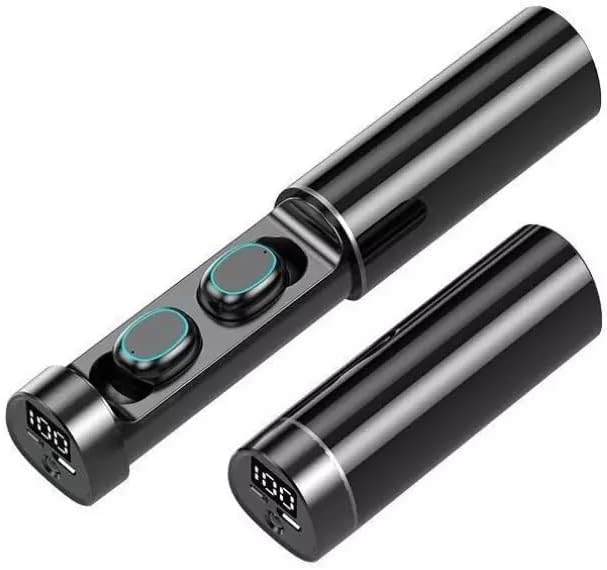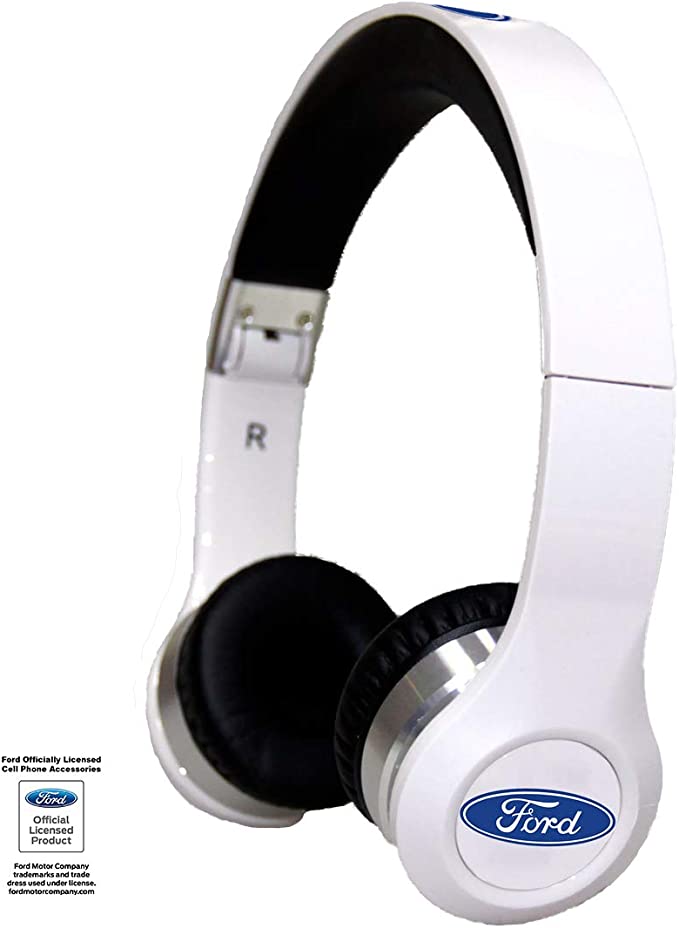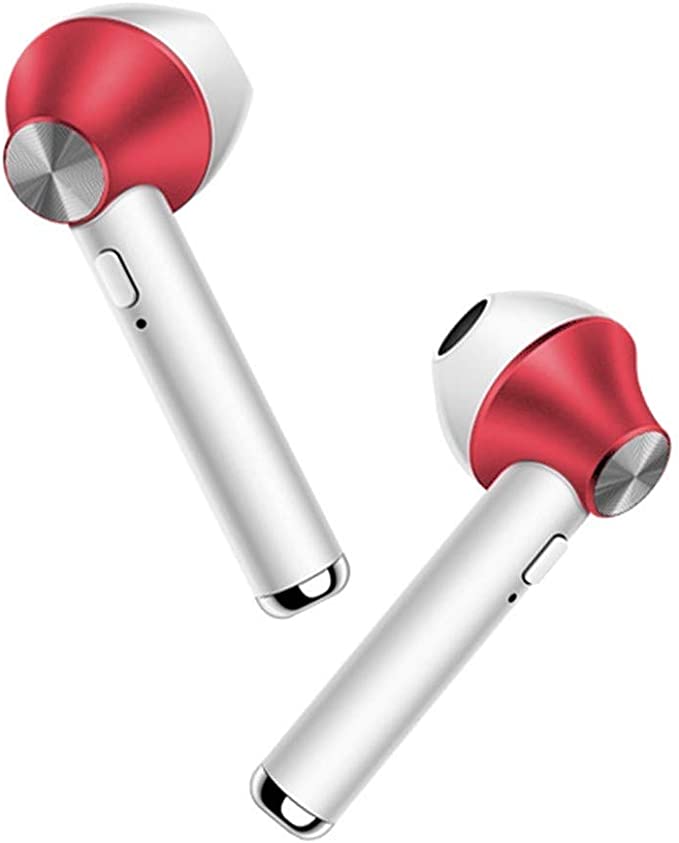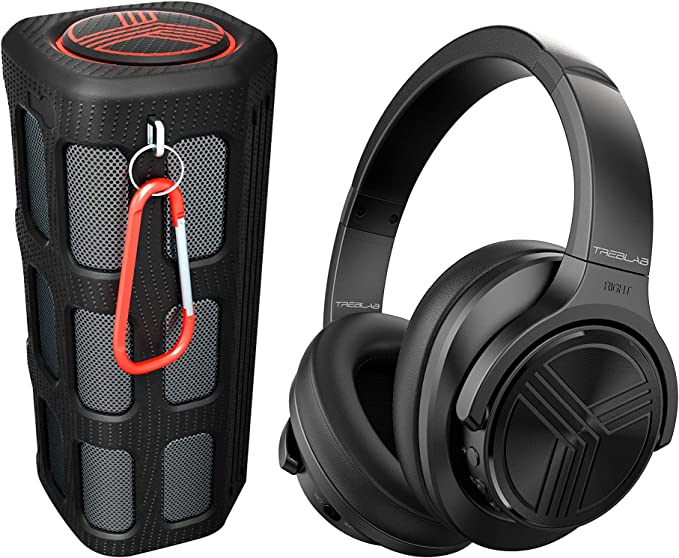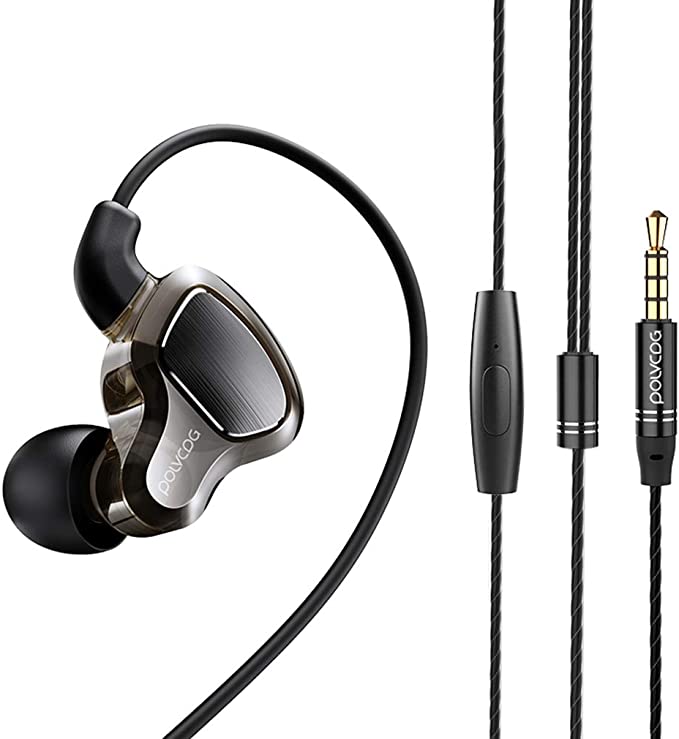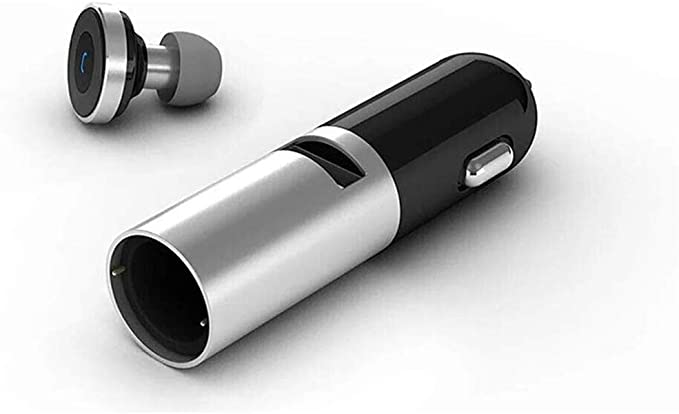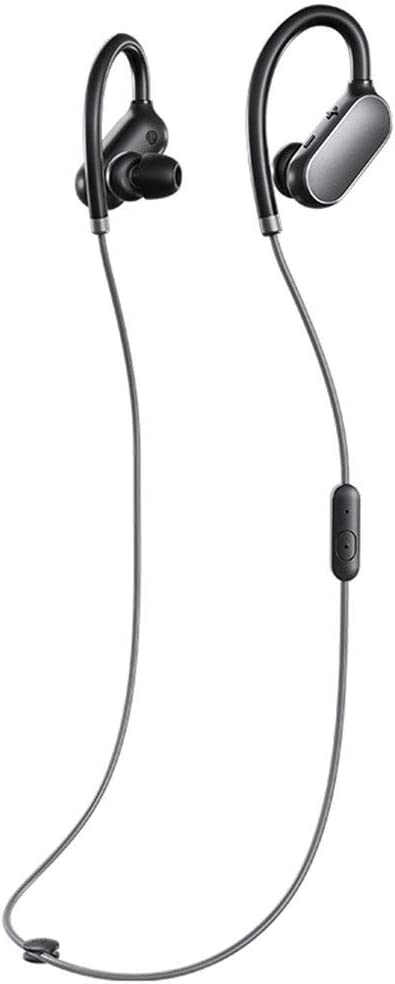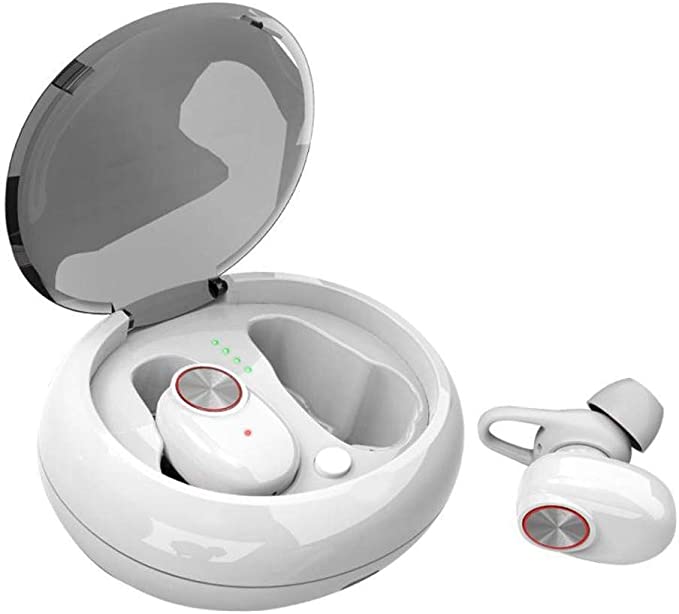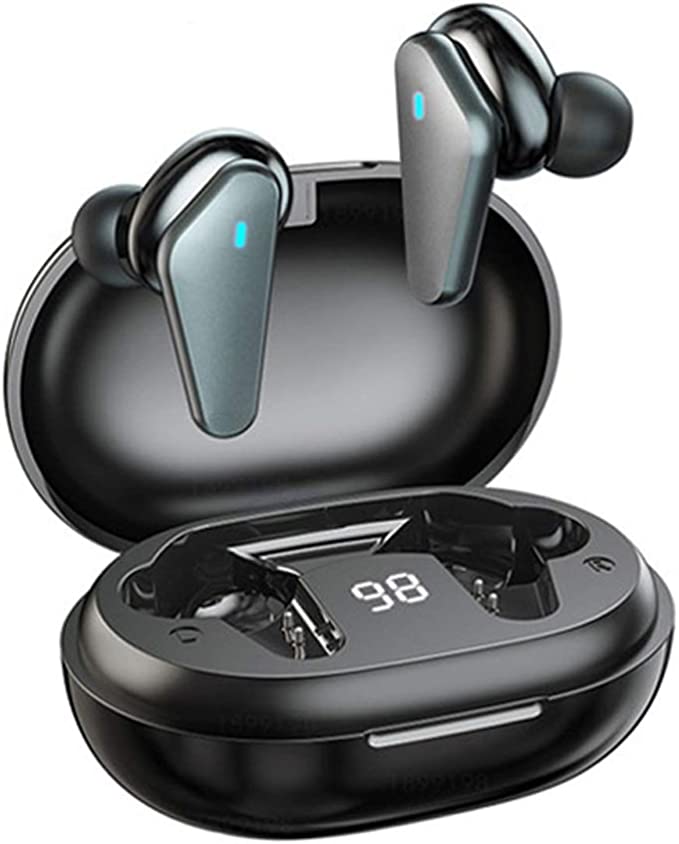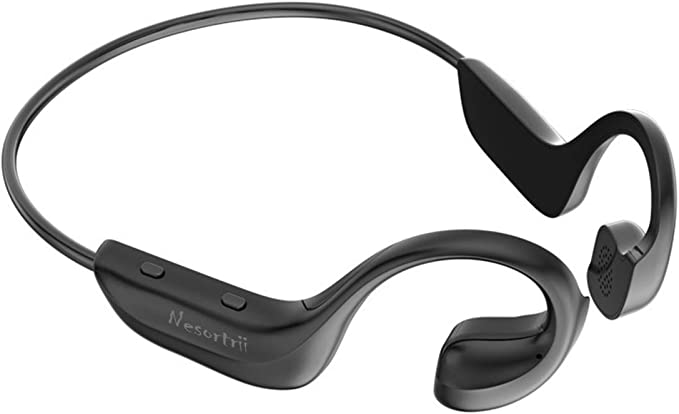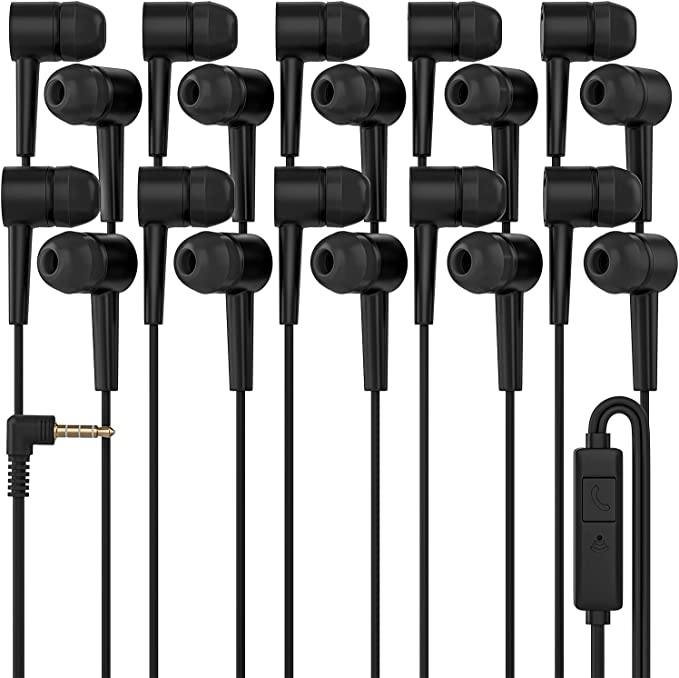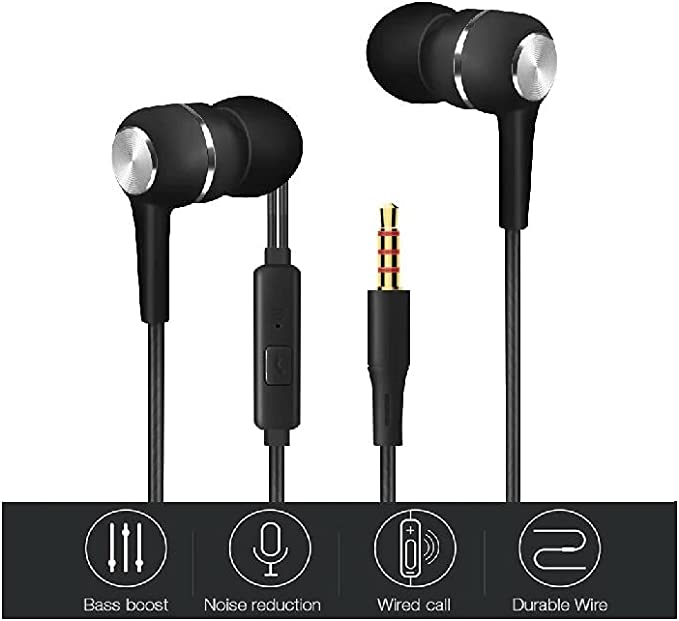RØDE PodMic USB: Pro-Level Sound, Simplified for Creators
Update on Feb. 17, 2025, 5:41 a.m.
We live in a world saturated with sound. From podcasts and live streams to online courses and virtual meetings, audio content has exploded. Whether you’re a seasoned podcaster, a budding gamer, a musician sharing your craft, or simply someone who wants to be heard clearly in online meetings, one thing is certain: high-quality audio is no longer a luxury; it’s a necessity. Your voice – and the way it’s captured – matters more than ever.

The Microphone: A Brief (and Fascinating) History
The quest to capture and amplify sound is a long and fascinating one. The earliest microphones, dating back to the late 19th century, were crude devices based on carbon granules. These “carbon microphones” were used in early telephones, but their sound quality was, shall we say, less than ideal. The invention of the vacuum tube in the early 20th century paved the way for more sophisticated microphone designs, including the dynamic microphone, which we’ll be focusing on today. These early dynamic mics were rugged and reliable, making them popular for radio broadcasting and public address systems.
Dynamic vs. Condenser: Choosing the Right Tool for the Job
Microphones come in two main varieties: dynamic and condenser. Each has its strengths and weaknesses, making them suitable for different applications. Think of it like choosing between a hammer and a screwdriver – both are essential tools, but you wouldn’t use a hammer to drive a screw.
- Condenser Microphones: These mics are known for their sensitivity and detail. They capture a wide range of frequencies and nuances, making them ideal for studio recording of vocals and instruments. However, they’re also more delicate and susceptible to background noise.
- Dynamic Microphones: These are the workhorses of the audio world. They’re rugged, reliable, and less sensitive to loud sounds and background noise. This makes them perfect for live performances, broadcasting, and, yes, podcasting and streaming!
Dynamic microphones work on the principle of electromagnetic induction. A diaphragm (a thin membrane) is attached to a coil of wire that sits within a magnetic field. When sound waves hit the diaphragm, it vibrates, causing the coil to move within the magnetic field. This movement generates a small electrical signal that corresponds to the sound waves – a tiny electrical mirror of the sound itself.

Enter the RØDE PodMic USB: Versatility Meets Professional Sound
The RØDE PodMic USB takes the classic dynamic broadcast microphone and infuses it with modern technology, creating a powerful and versatile tool for creators of all levels. It’s not just a microphone; it’s a complete audio solution designed to make professional-quality sound accessible to everyone.
XLR and USB-C: The Best of Both Worlds
One of the PodMic USB’s standout features is its dual connectivity. It offers both XLR and USB-C outputs, giving you unparalleled flexibility.
- XLR: This is the standard connection for professional audio equipment. It provides a balanced signal, which is less susceptible to interference and noise, especially over longer cable runs. Use the XLR output to connect to an audio interface, mixer, or preamp for a traditional studio setup.
- USB-C: This is the modern standard for connecting to computers and mobile devices. Simply plug the PodMic USB directly into your computer, and you’re ready to record. No extra equipment needed! This makes it incredibly convenient for home studios, on-the-go recording, and anyone who values simplicity.
A Deeper Dive: Analog vs. Digital Audio
The XLR output provides an analog signal, which is a continuous electrical representation of the sound wave. The USB-C output, on the other hand, provides a digital signal. This means the analog signal from the microphone is converted into a series of numbers (ones and zeros) that can be understood by your computer. This conversion process is called analog-to-digital conversion (ADC), and the quality of this conversion is crucial for achieving high-fidelity audio. The PodMic USB utilizes a high-quality ADC to ensure pristine sound quality.
The Magic Inside: APHEX® Processing and What It Means for You
The RØDE PodMic USB isn’t just about capturing sound; it’s about shaping it. Inside the microphone lies powerful digital signal processing (DSP) powered by RØDE’s legendary APHEX® technology. This is like having a mini recording studio built right into your microphone.
- APHEX® Aural Exciter™: This isn’t your typical EQ. Instead of simply boosting certain frequencies, the Aural Exciter™ adds subtle harmonics to your voice. Harmonics are musically related overtones that enrich the sound, adding clarity, presence, and a touch of “air” to your vocals. It’s like adding a sprinkle of magic dust to your voice, making it sound more polished and professional.
- APHEX® Big Bottom™: This processor adds warmth and depth to your voice, giving it that rich, full-bodied broadcast sound. It’s like adding a subtle resonance that makes your voice sound more powerful and commanding.
The beauty of this built-in processing is that it’s all done inside the microphone. You don’t need to be an audio engineer or fiddle with complicated software plugins. Just plug in and go!

Zero-Latency Monitoring: Hear Yourself Like Never Before
When using the USB-C connection, the PodMic USB offers zero-latency headphone monitoring. This means you can hear your voice in real-time, without any distracting delay. Why is this important?
Imagine trying to have a conversation with someone, but you hear your own voice echoed back to you a second later. It would be incredibly disorienting! The same principle applies to recording. Latency (delay) can make it difficult to speak naturally and stay on rhythm. Zero-latency monitoring eliminates this problem, allowing you to focus on your performance. A dedicated volume control on the microphone lets you adjust the headphone level to your preference.
Beyond the Specs: Real-World Scenarios
Let’s look at how the PodMic USB shines in different situations:
- Podcasting: The PodMic USB’s dynamic capsule and cardioid polar pattern are perfect for capturing clear, focused vocals while minimizing background noise. The built-in APHEX® processing adds that professional polish, making your podcast sound like it was recorded in a high-end studio.
- Live Streaming: Whether you’re gaming, chatting with your audience, or performing music, the PodMic USB delivers reliable, high-quality audio. The USB-C connection makes it easy to connect to your computer, and the rugged construction can withstand the rigors of live use.
- Voice-Over Work: The PodMic USB’s clear and articulate sound is ideal for voice-over recordings. The zero-latency monitoring allows you to hear yourself clearly, ensuring accurate timing and delivery.
- Music Recording: While primarily designed for spoken word, the PodMic USB can also be used to record instruments, especially those with high SPL, like drums or guitar amplifiers.
Level Up Your Recordings: Practical Tips and Tricks
Even the best microphone benefits from proper technique. Here are a few tips to help you get the most out of your PodMic USB:
- Microphone Placement: Position the microphone about 6-12 inches from your mouth. Experiment with slightly off-axis positioning (speaking slightly to the side of the microphone) to reduce plosives (those popping “P” and “B” sounds).
- Pop Filter: While the PodMic USB has an internal pop filter, using an external pop filter can further reduce plosives, especially for close-up recording.
- Gain Staging: Set the input gain on your audio interface or computer to an appropriate level. You want a strong signal without clipping (distortion caused by the signal being too loud).
- Room Treatment: Even a small amount of room treatment can make a big difference. Consider adding soft furnishings like rugs, curtains, or acoustic panels to absorb reflections and reduce reverb.
- Experiment! Don’t be afraid to try different microphone positions, processing settings, and recording techniques to find what works best for your voice and your environment.

Built to last: Rugged design with solid, all-metal construction
The RØDE PodMic USB is built to last. Its all-metal construction ensures durability, able to withstand the demands of regular use, whether in a home studio or on the go. This robust design means your investment is protected, providing years of reliable performance.
The Future of Sound: Where Audio Technology is Headed
Audio technology is constantly evolving. We’re seeing advancements in areas like artificial intelligence (AI) powered noise reduction, spatial audio, and immersive sound experiences. Microphones are becoming smarter, with features like automatic gain control and built-in effects processing. The future of audio is all about making high-quality sound more accessible and intuitive for everyone.
Conclusion: Finding Your Voice
The RØDE PodMic USB is more than just a microphone; it’s a tool that empowers you to share your voice with the world. Its combination of professional-grade audio quality, versatile connectivity, and user-friendly design makes it an ideal choice for podcasters, streamers, musicians, and anyone who wants to create compelling audio content. It’s about giving you the confidence to speak, sing, or perform, knowing that your voice will be heard loud and clear.

